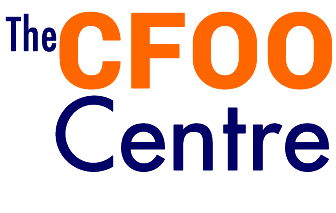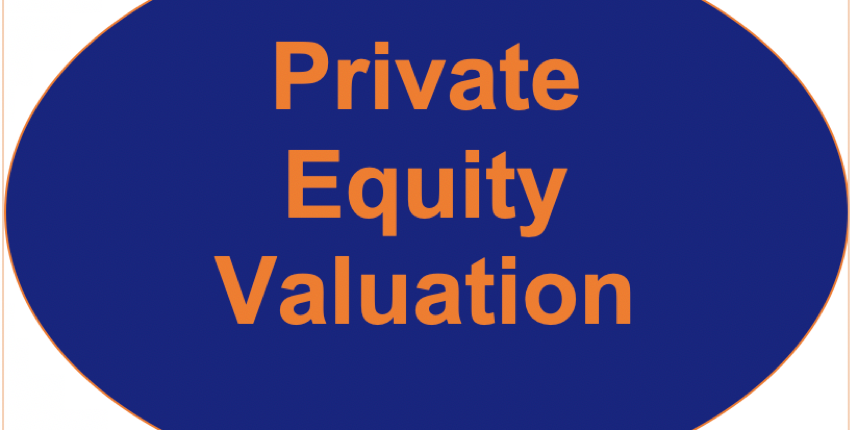This article covers, the PE investors valuation models. PE investment could be a good source of funding for private organisations seeking to grow. In a typical PE deal, the PE investor buys the majority or the minority of the private shareholding of an existing organisation. This is different from Venture Capital where the private equity/venture capital firm typically invests in start-up companies and normally takes up a majority shareholding. Valuation in the simplest definition is the determination of the amount that the organisation will be worth. The valuation process is the stage at which the PE investor tries to finalise the purchase price and its shareholding of the target organisation. In order to understand how the PE investor will value an organisation, one must understand two concepts.
- Any organisation is worth the amount of all future cash flows to the owners of the organisation, discounted at an opportunity rate that reflects the risk of the PE investor.
- The valuation of the organisation is forward looking and is an estimate of the present value of all future cash flows to the PE investor. In other words, the PE investors will look into the future and make calculations about the many factors that will determine future cash flows. As the future is uncertain, the estimates will always be subjective.
The PE investor will use various models and techniques.
The Cost/Asset model
As a rule of thumb, the asset valuation model will be the starting point for the PE investor. This will always set the scene for the lowest valuation. This can be considered as the organisations rock bottom price. This model is further broken into:
- The Book Value model (which is practically never used). This is where the book values of assets less book value of liabilities provides a net asset valuation of the organisation.
- The Net Realisable Value model where assets less liabilities represents what will be left over for shareholders if the assets were sold off and the liabilities settled.
- The Replacement Value model which again is also not used very often. The approach is to try to determine what it would cost to set up a similar organisation.
The Income model
This is where future earnings are considered by calculating the present value of future cash flows discounted to the present value. The income approach is further broken into two methods:
- The Single Period Discounted Cash Flow model where future cash flows (within a predetermined forecast period and representing a steady state cash flow stream), are discounted to Present Values (PV). PV is the idea that the money that the organisation now has, should be valued more than the same amount of money, which it would receive in the future. Why? Because the amount of money the organisation has in its accounts now, could be invested in the present time, and yield a return between now and the future. Money that the organisation will not have access to until later cannot be used now. Therefore, in the financial evaluation, the future money’s value is discounted in order to reflect its lesser value. What that future money is worth today is called its present value and what it will be worth when it finally arrives in the future is called future value. The amount to be discounted from future value is determined by the amount of time between now and the future payment, and an interest rate.
- The Multiple Period model. This is based on infinity basis and a terminal period is added on top of the predetermined forecast period.
The Cash Flow model
This is where the organisation is compared to organisations in similar industries, similar markets, similar sizes, similar costs, employee sizes, capital structures etc.
The cash flow models are the most commonly used methods by PE investors. The different cash flow models include:
- The Discounted Dividend Model (DDM). DDM estimates the net present value of the investment from a discount rate of the expected future dividend payments. This model can be used in 2 levels. It can be used for valuation by discounting the future dividends that the organisation will declare or it can be used to estimate the equity market value where its dividends are discounted.
- The Discounted Cash Flow (DCF) model. This method determines the current cash flow of the organisation using cash flow adjusted for a time value. The future cash flow set is made up of cash flows within a predetermined forecast period and the continuing value that represents a steady state cash flow stream after the forecast period known as the terminal value.Combined with the above, the Free Cash Flows (FCF) generated will be used to value the organisation and then subtract the market value of the debt to value the equity indirectly.
Alternatively, the FCF could be discounted using the un-geared, all-equity discount rate. This assumes that there is no debt in the firm and thus there is no consideration of debt holder’s claims.
- The Adjusted Present Value (APV) Model. The APV model is a variant of DCF model. The difference is how it treats the taxation (and investment deductions in Kenya). In the APV model, tax and investment deductions are seen as an advantage and are treated as a special cash flow for valuation purposes.
- The Residual Income (RI) Model. This model makes an assumption about “clean surplus” which means that all income and expenses needs to pass through the profit and loss account.
- The Economic Value Added (EVA) Model. This model is very closely related to the RI model. The EVA model estimates the value of the entire firm in contrast to RI which estimates only shareholder value. It also differs from RI in that it demands corrective action in the financial statements.
The above models are theoretical equivalences. The valuation using each model will be quite different depending on the assumptions used. The models will only provide near identical values if the assumptions used are constant.
A very important note is that these calculations are just but a starting point for negotiation. You have to be smarter and more strategic with the choices the organisation makes when it comes to PE investments.
The CFOO Centre can be your strategic advisory partner. We have been part of core PE deals. We have been part of major deals with international investors including the International Finance Corporation (IFC), Proparco, DEG and more recently the PE investor firm Africinvest. We will offer you first hand advise and work with you on the process, due diligence, pre-equity and post-equity valuations, the multiple, the pro’s and con’s, the do’s and the don’ts, the costs vs. the benefits and what you should and shouldn’t expect from such a deal.
www.cfoocentre.com


